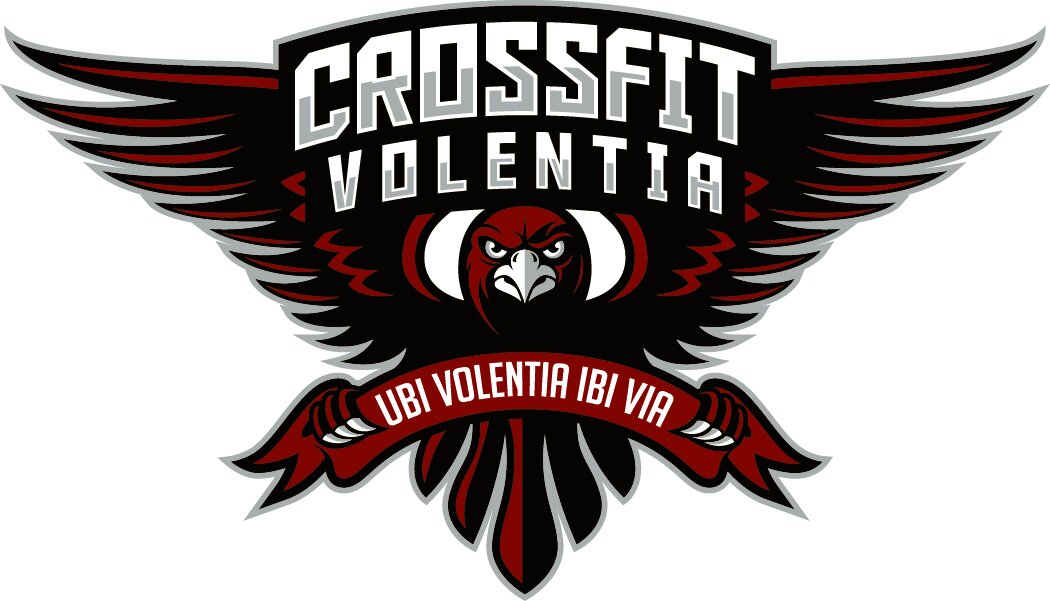Don't run before you can walk: Focus on the fundamentals first
As you set off on your fitness journey, it’s tempting to dive straight into high-intensity workouts or advanced training programs. Overlooking the basics of movement can however hinder progress and potentially increase your risk of injury.
Just as a child shouldn’t try to run before learning to walk(although I think mine did and they seem to have been running everywhere ever since), mastering movement fundamentals is essential for building a strong foundation for fitness success. Here’s why focusing on those movement basics is key to helping you build the momentum on your fitness journey.
So, what are Movement Fundamentals?
Think of them as the ABC’s of how our bodies move – things like squatting, lunging, pushing, pulling, bracing and hinging. Getting these movements correct is like laying a solid foundation for a house; it sets you up for success in more complex exercises and helps prevent injuries. Sadly, many of us struggle with these basics due to our modern lifestyles or previous activities and sports – too much sitting, not enough moving, previous injuries and sometimes just not doing exercises quite right.
But, what are the benefits of Prioritising Movement Basics?
Think of it like oiling the hinges of a squeaky door – it makes you more flexible and mobile, allowing you to move smoother and with less discomfort during workouts. Therefore, just like tightening the bolts on a wobbly table – it improves your balance and stability by engaging those important stabilising muscles, which is crucial for staying safe and improving overall fitness. The saying “slow is smooth and smooth is fast” is attributed to US Navy Seals but we can definitely take it’s meaning of accuracy, consistency and control into learning the fundamentals of movement. It’s like a power-up for your muscles – by nailing those movement basics, you’re making your muscles work more efficiently, leading to faster gains in strength and tone.
How do we actually weave these movement basics into our workouts?
Begin with bodyweight exercises like squats, lunges, and push-ups to get the hang of things. Take your time and focus on quality over quantity – it’s not about how many reps you can crank out but how well you do each one. And if you’re feeling a bit lost, don’t hesitate to enlist the help of a knowledgeable coach who can assess your movements, help you get better if needed and tailor a plan just for you to continue to progress.
What are Real-Life Examples of Movement-Based Workouts?
By developing movement fundamentals at the gym you could assist with day to day movements. Examples might be carrying a child on one side of your body and bracing your core to ensure you don’t fall over or lean to far and hurt your back. Another may be bending down to pick up a heavy box from the floor and placing it on a high shelf.
At the gym movement-based workouts are all about embracing those basic exercises like squats, planks, and rows. They’re simple yet effective, helping you improve your movement skills and overall fitness without all the bells and whistles. As you get more confident, don’t be afraid to spice things up – add some weights, play around with different variations or equipment, and keep challenging yourself to grow.
The Long-Term Impact of Prioritising Movement
How do you put these ideas together…….
Making movement fundamentals a priority isn’t just about short-term gains – it’s about setting yourself up for long-term success. By mastering these fundamentals, you’ll not only keep making progress with less likelihood of getting sidelined by injuries, but also unlock new levels of strength, mobility, and confidence in everything you do. So, take it slow, learn to be smooth with your movements focus on the basics, and enjoy the learning journey – your future self will thank you for it!
Ready to step up your fitness game?
Let’s begin together by building a solid foundation. Book your free no sweat intro and let’s start prioritising movement fundamentals together.

